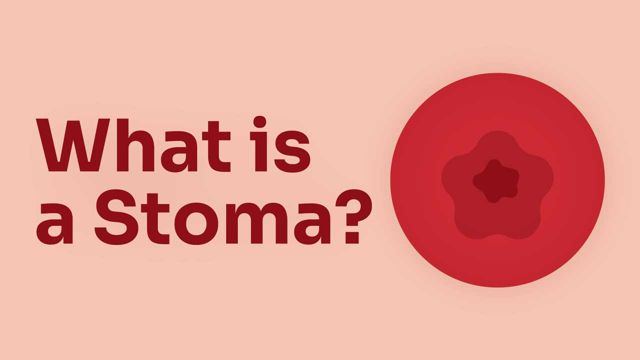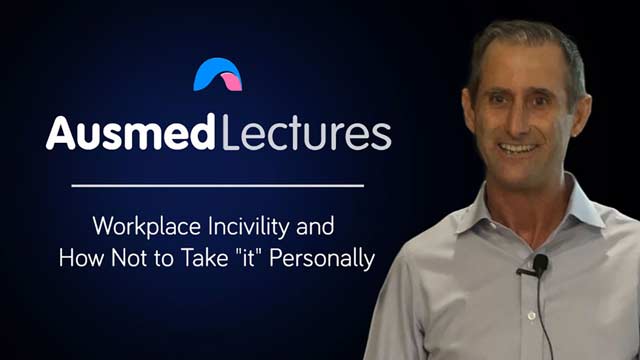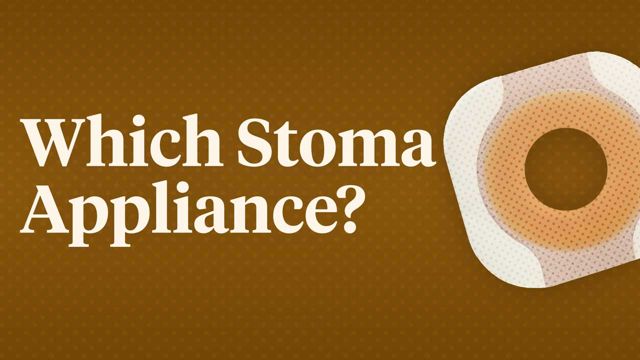Venous Thromboembolism


Content
What you'll learn:
Receive the best, evidence-based information on preventing the risks of DVT/PE.
Assess and initiate appropriate treatment when signs and symptoms of clot pathology manifest in someone in your care.
Apply in-depth knowledge of the clotting cascade to support best-practice use of anticoagulant medicines and reduce the likelihood of unwanted effects.
Who it's for:
Why it's needed:
Venous thromboembolism is a serious, life-threatening, clinical condition that must be recognised and assessed immediately for best patient outcomes.
Although there is widespread awareness of the risk of developing a blood clot, this may not translate to being familiar with the signs and symptoms. This Ausmed Course will provide the learner with an opportunity to understand how to perform a detailed assessment for DVT and PE so that a clinician can recognise VTE and initiate appropriate management.
Purpose:
Topics
Assign mandatory training and keep all your records in-one-place.
Find out more
Recommended resources










 New
New